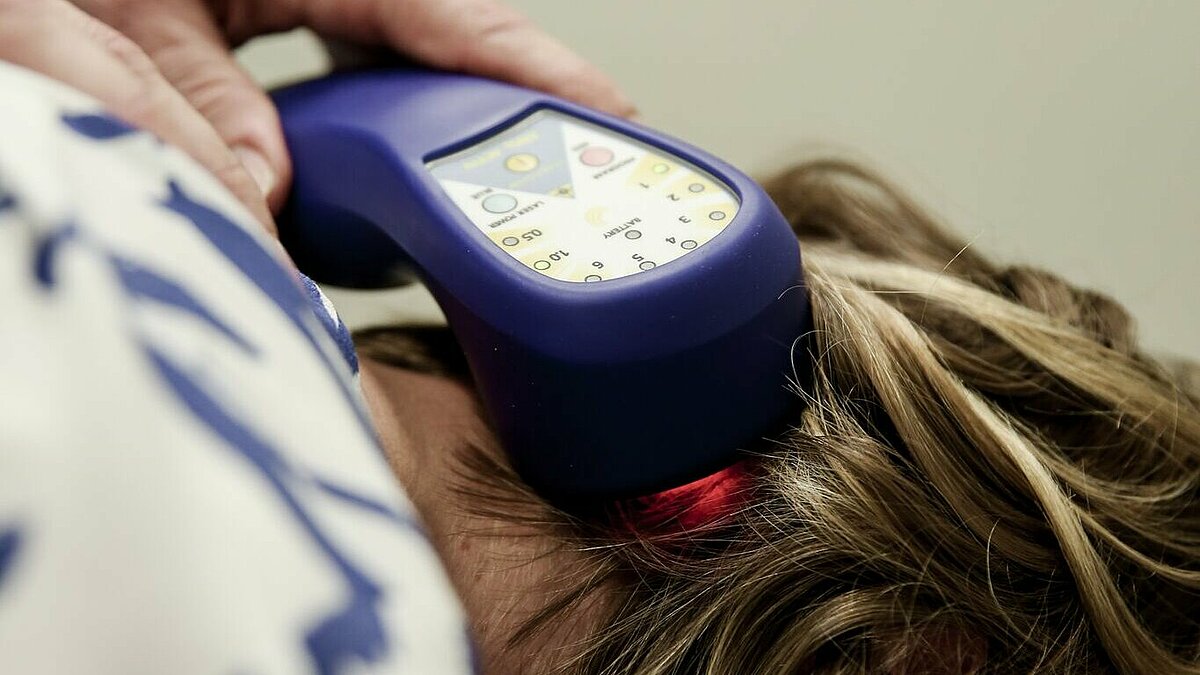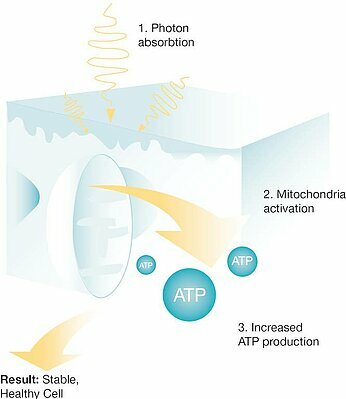Cold Laser Therapy is a non-invasive pain relief technology that can be clinically applied to damaged tissue, with the goal of helping tissues and cells to function at a healthy state. In practical terms, we use it to assist with the management of pain and inflammation, and speed up the healing process.
History
The fascinating story behind the development of Cold Laser Technologies dates back to the late 1970’s, when Russian scientists were assigned research projects aimed at boosting the healing capacity of their cosmonauts in the Russian Space Program. These cosmonauts would often suffer major trauma and pain from the turbulent effects of take-off and landing.
Laser technology was utilised in part of the program to help their recovery.
After the fall of the Iron Curtain, Cold Laser frequencies were refined for tissue repair and utilised extensively in Russian military hospitals. From there, this type of therapy started spreading throughout the world.
Today, Multi Radiance Cold Laser (the type used in our Centre) is used in over 30 countries, including 3000 hospitals and 15,000 private practices around the world.


How it Works
Cold Laser Therapy (CLT), also known as Low-Level Laser Therapy or 'photobiomodulation', gets its name because this type of therapy doesn’t heat body tissue. It uses a low level laser combining a synchronous frequency of red LED light, infrared light, and infrared laser which passes through a static magnetic field.
CLT appears to improve the signalling within a cell, which are filled with organ-like specialised structures called 'organelles'. One of these organelles called ‘mitochondria’ (which is in charge of a cells energy production) is believed to play a key roll in the clinical response of cold laser.
Mitochondria are believed to have photo receptors (light receptors) which respond to light energy (photonic energy). CLT may enhance cell communication between its membrane, nucleus and the mitochondria, ultimately resulting in the mitochondria being able to produce more energy (Adenosine triphosphate or ATP), which may help the cell to function more efficiently.
Our Cold Lasers can be used alone or in combination with a number of other approaches like Chiropractic.
CLT has been scientifically proven to reduce pain, resolve chronic inflammation, reduce swelling, and speed up the healing process while strengthening damaged tissue (1-5), and may be worth considering as a non-invasive treatment alternative to surgery or drugs.
Although Cold Laser is still a relatively new treatment option with incomplete information about its optimal treatment protocols, further research is constantly developing with encouraging outcomes.
Please note that a full physical examination is required to determine if Cold Laser might help you.
References
- Chow,R. et al Efficacy of low-level laser therapy in the management of neck pain: a systematic review and meta-analysis of randomised placebo or active treatment controlled trials. Lancet. 2009. 5;374(9705):1897-908.
- Eslamian F. Effects of low-level laser therapy in combination with physiotherapy in the management of rotator cuff tendinitis. LasMedSci 2012.
- Stergioulas A. Low-level laser treatment can reduce edema in second degree ankle sprains. J Clin Laser Med Surg. 2004 Apr;22(2):125-8.
- Ferreira de Oliveira R et al. Benefits of laser phototherapy on nerve repair. Lasers in Medical Science. May 2015, Volume 30, Issue 4, pp 1395-1406
- Chang W. Therapeutic Outcomes of LLLT for Closed Bone Fracture in the Human Wrist and Hand. Photomedicine and Laser Surgery. April 2014.
- Howard B Cotler et al. (2015) ‘The Use of Low Level Laser Therapy (LLLT) For Musculoskeletal Pain’. MOJ Orthopedics & Rheumatology; vol 2 issue 5.
- Sirous Momenzadeh (2013); Low Level Laser Therapy for painful joints; review article. Journal of Lasers in Medical Sciences; SPRING (2013); 4(2); 67-69